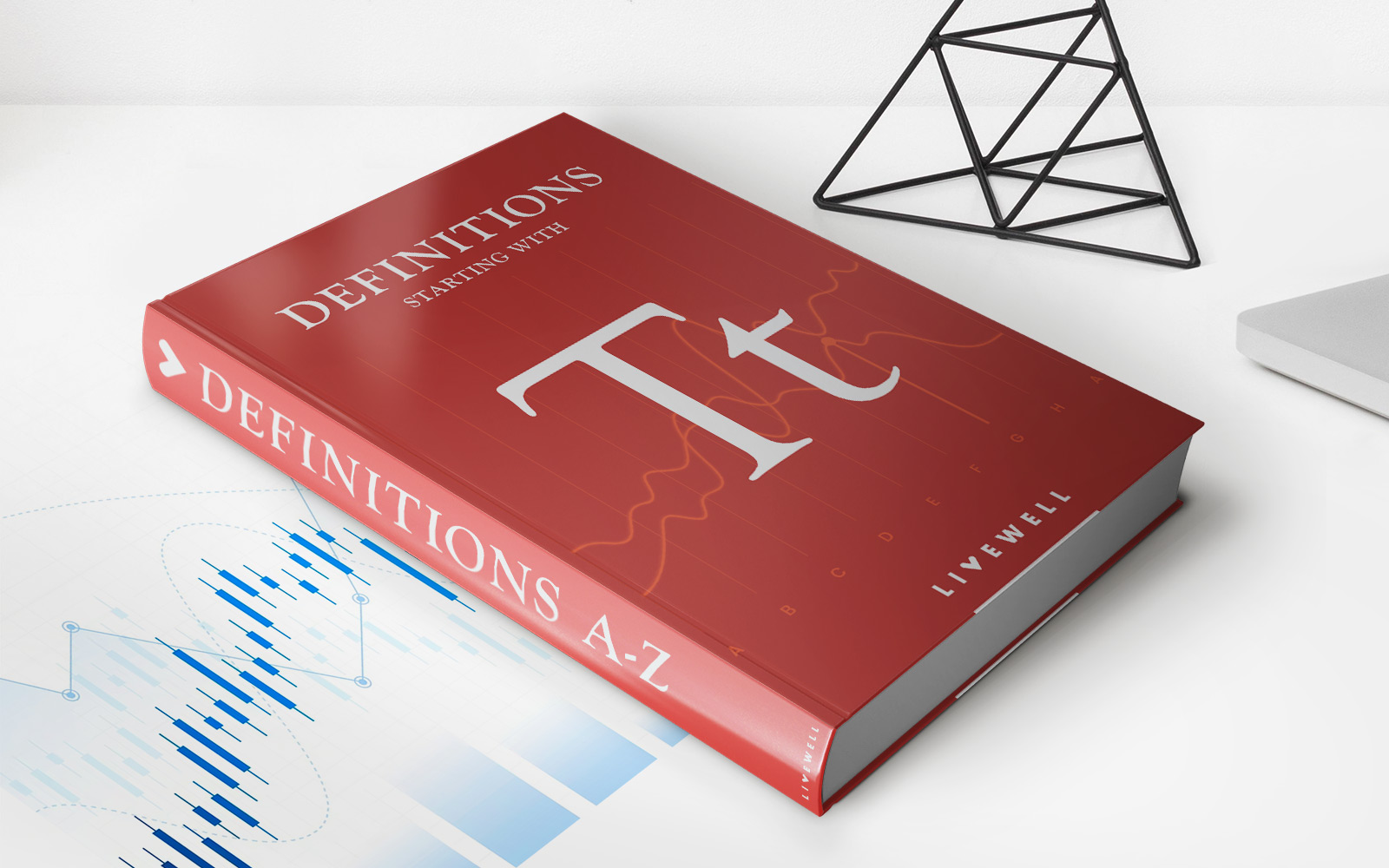Home>Finance>Iterated Prisoner’s Dilemma: Definition, Example, Strategies


Finance
Iterated Prisoner’s Dilemma: Definition, Example, Strategies
Published: December 14, 2023
Learn about the Iterated Prisoner's Dilemma in finance, including its definition, example, and strategies for maximizing outcomes in this game theory concept.
(Many of the links in this article redirect to a specific reviewed product. Your purchase of these products through affiliate links helps to generate commission for LiveWell, at no extra cost. Learn more)
Iterated Prisoner’s Dilemma: Definition, Example, and Strategies
Are you familiar with the term “Iterated Prisoner’s Dilemma”? Whether you’re a finance enthusiast, a psychology lover, or just curious about game theory, this concept is worth exploring. In this blog post, we will delve into the definition, provide an example, and discuss various strategies that can be employed in the Iterated Prisoner’s Dilemma game.
Key Takeaways:
- The Iterated Prisoner’s Dilemma is a game theory scenario that explores the tension between cooperation and self-interest.
- It involves two players repeatedly facing a decision to either cooperate or betray each other, with the outcomes leading to different payoffs.
What is the Iterated Prisoner’s Dilemma?
The Iterated Prisoner’s Dilemma is a classic scenario in game theory where two individuals repeatedly interact and make decisions regarding cooperation and betrayal. The name originates from the notion that the choices resemble those faced by prisoners during an interrogation.
In each round of the game, both players must decide whether to cooperate with each other or betray one another. The players are unaware of how the other will act. Based on their respective choices, different payoffs are assigned to each player, which determine the overall outcomes of the game.
Now let’s take a look at an example to understand this concept more clearly.
An Example of the Iterated Prisoner’s Dilemma:
Imagine two employees, Alice and Bob, working on a challenging project. They both have the option to either collaborate and work together for the common good or work independently and focus solely on their own success.
If both Alice and Bob choose to cooperate, they will achieve the best outcome, resulting in higher rewards for both. However, if one of them decides to betray the other and work independently, they will gain a significant advantage while the betrayed partner suffers a loss. If both choose betrayal, they will experience moderate losses. The specific payoffs may vary depending on the context.
Now that we have a better understanding of the Iterated Prisoner’s Dilemma, let’s consider some strategies that players can adopt in this game.
Strategies in the Iterated Prisoner’s Dilemma:
Given that the Iterated Prisoner’s Dilemma involves repeated interactions, players can choose strategies to maximize their gains. Here are a few common strategies:
- Tit-for-Tat: This strategy involves initially cooperating and then mirroring the opponent’s previous move. If the opponent betrays, the player retaliates with betrayal in the subsequent round. If the opponent cooperates, the player reciprocates with cooperation.
- Forgiving Tit-for-Tat: Similar to Tit-for-Tat, this strategy starts with cooperation but incorporates forgiveness. If the opponent betrays, the player retaliates once, but then resumes cooperation in subsequent rounds to allow for potential reconciliation.
- Always Cooperate: This strategy involves unwavering cooperation regardless of the opponent’s moves. While it may make the player vulnerable to exploitation, it promotes trust and cooperation in the long run.
- Always Betray: This strategy focuses solely on self-interest. The player consistently chooses betrayal, exploiting any cooperative opponents for personal gain.
These strategies represent a small fraction of the numerous approaches players can employ in the Iterated Prisoner’s Dilemma, each with its own advantages and disadvantages.
Conclusion
The Iterated Prisoner’s Dilemma exemplifies the complexities of decision-making in situations that involve trust, cooperation, and self-interest. By understanding the strategies that players can adopt, we gain insight into the dynamics of this game and see how different approaches affect the outcomes.
In the finance world, the essence of the Iterated Prisoner’s Dilemma resonates with many situations faced by investors, traders, and businesses. Balancing cooperation and self-interest remains crucial to long-term success and building stable relationships within the financial ecosystem.
What strategy would you choose in the Iterated Prisoner’s Dilemma? Share your thoughts and insights in the comments below!














